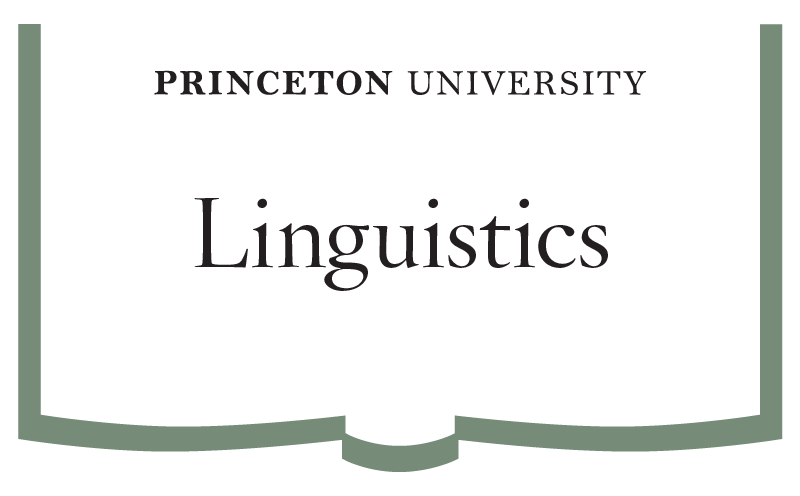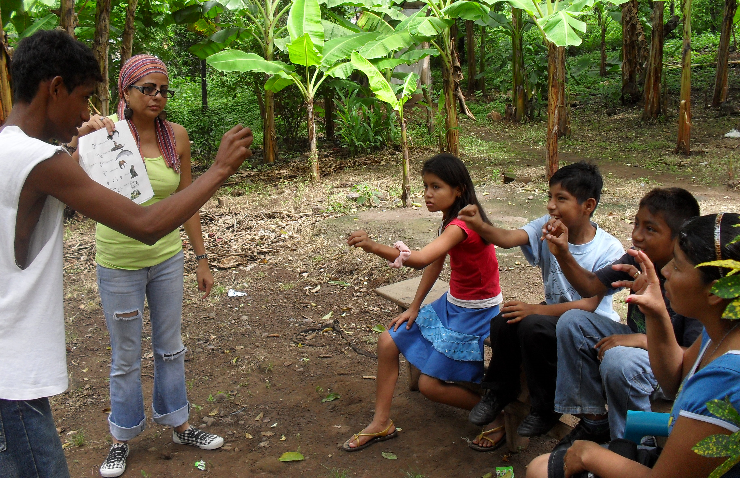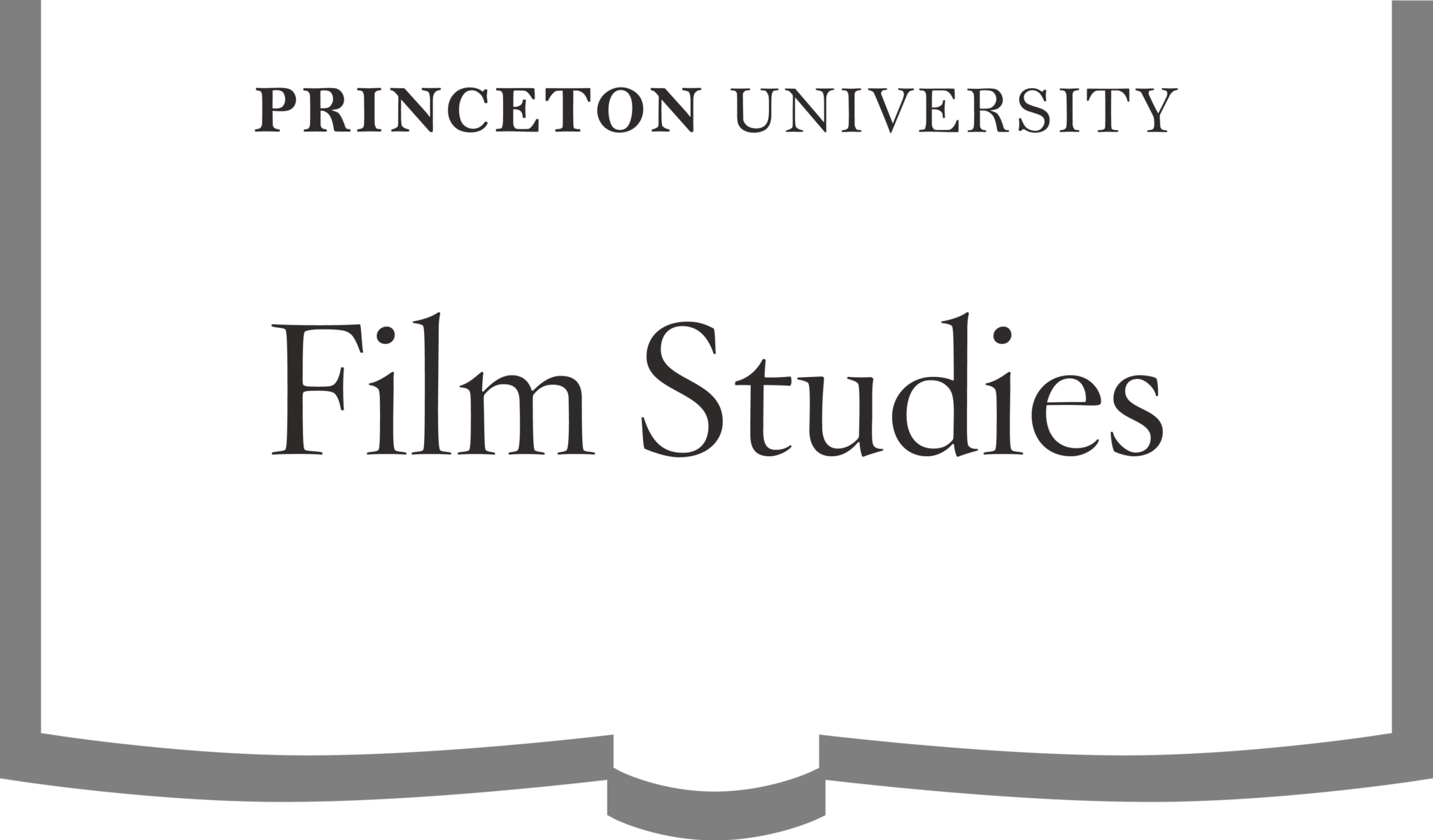On September 20, 2017, Judy Kegl delivered two lectures at Princeton on language instincts and sign language. Jennie Yang ’20, interviewed her in East Pyne before her second talk. The interview was first published in the Nassau Weekly on October 8, 2017.
Judy Kegl is a Professor of Linguistics and the Director of the Signed Language Laboratory at the University of Southern Maine. She received a B.A. in Anthropology and an M.A. in Linguistics at Brown in 1975, as well as a Ph.D. in Linguistics from MIT in 1985 and has taught at many universities, including Princeton, Hampshire, Swarthmore, and Northeastern. She has published widely on linguistics topics, including syntax and spoken and signed languages, and gained notoriety for her study of Nicaraguan Sign Language in the 1980s.
Jennie Yang is an Ecology and Evolutionary Biology major.
Jennie Yang: Did you know you wanted to study linguistics when you went to MIT?
Judy Kegl: I knew when I went to MIT, but it was when I was at Brown that I made the switch into linguistics. I always knew I liked working in languages, but when I went to Brown, I was pre-med. I didn’t like the competitiveness; I didn’t like the lack of collegiality. Everybody was out to do well themselves. And so I gravitated from there to anthropology, and I had an anthropological linguist as my adviser. I loved working with him, but he could see early on that I didn’t tolerate some loosey-goosey aspects of analysis and said, “Try linguistics. I think you’re going to like it.” I said, “Nah. There’s a class in linguistics right before one of my classes, and it’s just chicken-scratch, it’s all over the board, I’m not doing it,” and he said “Look, just try one class,” and I said, “Okay.” So I tried the one class, and I loved it. He was absolutely right.
JY: I’ve read that the Nicaraguan Ministry of Education asked you to go to Nicaragua?
JK: They didn’t ask me. There was a group called Linguists for Nicaragua. So there was Chomsky, Ken Hale, Wayne O’Neil. They would go down every year and do solidarity work to support educational efforts in Nicaragua because at the time—there’s the Contra War—a lot of money and personnel were being drawn away from [education]. So they were down doing [work in Nicaragua], and the ministry came to them and said, “Do you have someone who specialize[s] in deafness?” and they came back and asked me if I wanted to go down there. That’s how it happened.
JY: Did you know you would be able to witness the birth of a language?
JK: Not a clue. Not a clue. When I went down there, I thought I was going down there for six weeks or something. I was going to work with people. There was going to be a deaf community. They would have a sign language; I’d just facilitate teachers getting to know that, and [I] figured it was the same as I’d seen everywhere else. It was interesting; it was a confluence of things that contributed to recognizing how unique the situation was. For instance, I had studied with Naomi Baron at Brown when I was an undergraduate, and she had done some work on the resurrection of Hebrew. So there was this guy, Eliezer Ben-Yehuda, who had worked to bring Hebrew back from being a dead, classical language to being an active, modern language. One of the key features was that there was a point at which the younger the child, the more fluent [they were]. So the idea was, you fed the language through the child, but you didn’t sit and correct them, you let them innovate and change the language and bring it back to life. And if I hadn’t studied that, I don’t know that I would’ve seen as quickly, when I was in Nicaragua, that the younger children were signing more fluently than the older [children], and have recognized that there was something going on there. Not necessarily resurrection of a language, but the emergence of a language. Having worked with Chomsky, having studied the resurrection of Hebrew—it was a bunch of little pieces that all fit together—I went, “Oh, this is much more interesting than I thought it was going to be.” I had no idea, I thought I was going down [there for] six weeks, I was going to leave, I was going to come back, and that was it. I didn’t speak Spanish, so I completely changed gears when I realized what I was studying.
JY: But you did know ASL when you went?
JK: I knew ASL. I was fluent in ASL, but I made a point of not using ASL when I was there.
JY: I’ve read about how you have an educational system now. The NSLProjects?
JK: We started out documenting and doing research on the emergence of [NSL] and the grammar of the language on the Pacific Coast. In 1990, my husband went out and documented one person on the Atlantic Coast, but it was tough with the Contra War and everything; it was just ending. But in 1994, he and a deaf anthropologist—Gene Mirus—just stomped through the little hamlets and found deaf people. And so we found about seventeen people in the Bluefields area. Their parents had gotten together in a group that supported kids with disabilities, and [the kids] didn’t have any real schooling, so [my husband and Gene] went and filmed each of them. We brought the tapes back to Managua. I flew down and showed [the tapes] to the deaf community on the Pacific Coast, and then they decided to do an intervention, to go out to the Atlantic Coast and bring them their sign language and culture. So we provided interpreters, and then we followed through. At the end of all that, the parents came with their kids, and their kids were all sitting next to them and didn’t know each other—weren’t interacting with each other. You could see on the parents’ faces that they really didn’t think their kids would ever develop into much of anything and have much language. When the deaf people came in, the kids just followed them like the Pied Piper of Hamelin out into the backyard, and one of the interpreters who was the sister of the president of the deaf association said, “I know you think your children aren’t going to be able to do anything, and they’ll never be independent of you, but notice—they’re not here right now, they’re with deaf people, and they’re not here.” And she said, “They can do anything. I know you hit your children because you want to discipline them, you want to keep them safe, but you can’t communicate with them. I know. But with language, you can talk about all this.” And they were listening. And then, her brother—who was deaf—came in, and he started to sign, and she started to voice for him, and he talked about how he was the president of the deaf association and the work that he had done in Managua, and you could watch the parents’ eyes change from, “I don’t think my kid will ever be separated from me” to “My kid could be like that.” They had never seen a deaf adult role model before. So after that, we opened up a session where deaf, hearing, family members, kids, parents, anybody could come and take part in learning about sign language. And after that, the hearing parents got together and said to my husband, “We want a small school, and we want to be taught by deaf people.” And so he said, “Okay, we’ll look into it.” And then he was sitting on a fence, and this reporter from Barricada came up to him and said, “Can I ask you a question?” and he said, “Sure,” and [the reporter] said, “Are you really going to set up the deaf school?” and my husband said, “Yes,” and then the guy said, “Well, how are you going to do that?” and my husband said, “I said I’d answer one question” [laughing]. So he came back, and he collected funds, and within six months, we were down there setting up the school. So that’s how the school in Bluefields got set up.
JY: I saw the Evolution video where you communicated with Mary Noname [no name]?
JK: Yeah, Maria Noname [No-nah-mei] [laughing].
JY: No-nah-mei. Oh, wow, I didn’t know that.
JK: It is No-name. What happened was, sometimes we would get people who couldn’t tell us their names. So, at one point, somebody wrote down Maria—just, made up a name to call, said, I’ve got to call her something, so she put Maria, and then she put after there, “No name.” And somebody came in and read it as Maria No-nah-mei. From then on, we always gave the people who came in, we didn’t know who they were, the name “(Something) Noname [No-nah-mei].” She was actually the one that we had filmed also in 1990. So, four years before we came out again, she was the one that my husband had found the first time he went out.
JY: Do you know about SignWriting? What do you think about it?
JK: Yeah, my husband’s fluent in it. In Bluefields, we said, let’s give this to them as a tool and see what they do with it. We have the largest library of SignWriting stories in Nicaraguan Sign Language. So, we had a woman—Darlene Clarke—come down [to Nicaragua], and she was deaf and she taught SignWriting. And the kids really took to it. And the reality is you can teach people to write it, but you have to give them the literature to read. So we worked with teachers, and we worked on getting materials together. And for people who are trying to learn a language—late learners—writing allows things to be non-transient. So you can go back, you can look at it, you can understand the grammar. They really took to it. So, all the kids in Bluefields and at the schools that we teach—can SignWrite. I would say they could read it better than they could write it. They all read it.
JY: The first school was established in 1979? In Nicaragua?
JK: There were schools that were for special education, but deaf people weren’t really in them. Or if they were in them, they’d be in a classroom with kids with other kinds of cognitive disabilities. They didn’t really have access. In 1979, that’s when the end of the Revolution happened. So right before the Revolution ended, [then-President Anastasio Somoza Debayle] and his wife set up a school for special education, which is on the site of the school that we call the Melania Morales School now in San Judas. It was the biggest one that has deaf kids in it now. But they set up a school for special education. They had a kid with special needs—I think Down syndrome. So that existed prior to the end of the revolution, but then at the end of the revolution, everything closed just because it was crazy [in Nicaragua]. When it reopened again, when the Sandinistas took over, they said that they would have a goal of a fourth grade education for everyone. So where before, there might have been a handful of kids just going to school without interaction with each other, now you had several hundred kids coming in. [The first deaf school] probably started closer to 1980. It took time after the revolution for everything to get back in line and up again, but by the early ‘80s, it was open. And it wasn’t just the school in Managua, there were schools in León, and other places around the Pacific Coast of Nicaragua.
JY: What year did you arrive in Nicaragua?
JK: Either ‘85 or ‘86.
JY: Would you say that in the six-year difference the language was already fully-fledged?
JK: Yes, in a sense. When I got down there, what I saw was in the vocational school [for deaf children in Managua], you had older kids who were beyond critical period when the schools were formed. [From them], you got a good picture of what the [pre-language] contact-gesturing system and elaborated contact-gesturing system looked like. Now, there were many of them, [but there were many] other kids [who were] similar, a little big younger, but [in] the same boat, who were at this deaf school. So when the deaf school was open, it had range. Older [kids], younger [kids], etc. You had [these younger] kids who entered at age four, typically—four or five—so the process of people getting exposed to the contact-gesturing and turning it into a sign language had already started. By the time we got there, they were five years into [signing NSL], so we were seeing fluent signers already at that point.
JY: At the end of lecture, you mentioned Ann Senghas [the linguist who authored the paper we read on Nicaraguan Sign Language], and I think Professor Fellbaum said she was a student of yours?
JK: Ann was a student at Smith College, and after she graduated from Smith, she came to Swarthmore, and she worked with me as an apprentice to learn about Nicaragua. So she went down [there], and we would film people and then, after a few years of working with me, she applied to graduate school at MIT. She was in Brain and Cognitive Sciences at MIT. I became her research supervisor for her work in Nicaraguan Sign Language. Her actual chair was Pinker. So she was my student in that sense.













